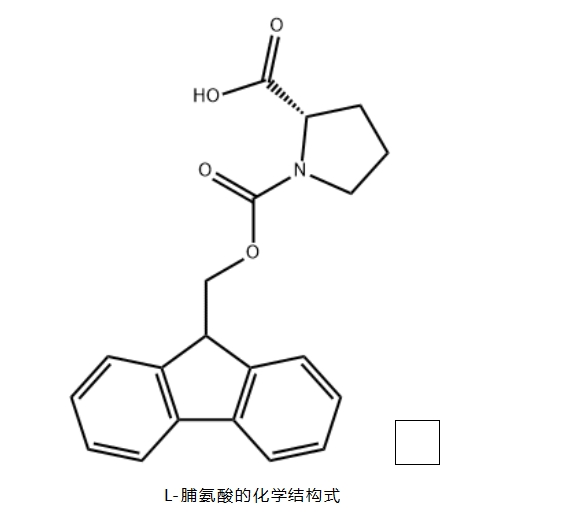Introduction to Background
L-Proline (Pro or P) is an α-pyrrolidine carboxylic acid, which belongs to one of the 20 basic amino acids and is an important component of biological proteins. It is a heterocyclic amino acid and has no free α-amino group.
L-proline appears as a white crystalline powder with a slight foul and sweet taste at room temperature and pressure. "The compound has a strong hygroscopic property and appears yellow when reacting with hydrated ninhydrin, but turns red when acidified with glacial acetic acid." It is one of the important amino acids for the synthesis of human proteins, and is also the key raw material for amino acid infusion. It is also the main intermediate of first-line diabetes drugs such as somallutide and telpotide, which has been widely used in food and pharmaceutical fields.
Source
L-proline is a natural component mainly found in foods such as gelatin, cheese and gluten, and its content is high in collagen. As one of the components of plant proteins, L-proline is widely present in the free state in plants, and its content can be used to measure the cold tolerance of plants.

solubility
"L-proline is readily soluble in water and ethanol, and can also be dissolved in strongly polar organic solvents and inorganic acids, but is insoluble in ether, butanol, and isopropanol."
Detection of content
When reacting with ninhydrin in weakly acidic solutions, L-proline does not release NH3 but directly generates a bright yellow compound with a maximum light absorption wavelength of 440nm. By exploiting this property of proline, its content can be measured.
Purpose
L-proline is widely used, mainly as an amino acid drug, and is one of the important components of compound amino acid infusion. It is used in the treatment of malnutrition, protein deficiency, severe gastrointestinal diseases, burns, and protein supplementation after surgical procedures. In addition, L-proline is also an intermediate in drug synthesis and is widely used in the development of new drugs. Its sweet taste makes it can be used as a food additive. When it is heated with sugar, amino-carbonyl reaction can occur to generate special flavor substances, which conforms to the provisions of GB2760-86 in our country and can be used as spices. At the same time, in the synthetic industry, proline can participate in the induction of asymmetric reactions, and can also be used as a catalyst for hydrogenation, polymerization, and water equivalence reactions, and it shows strong activity and good stereoselectivity in these reactions.
Post time: 2025-07-21
